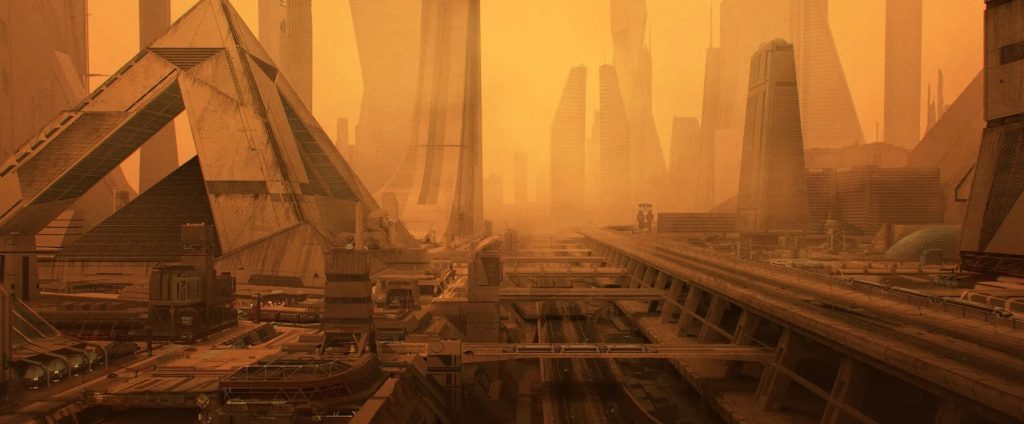Luis Camarena
I firmly believe that moments in art exist where diverse expressions intertwine, creating a new vision, a fabric of values that propels a new work into an expressive frontier. This interplay is crucial for evolution. Take, for example, the Bauhaus movement in the early decades of the last century, which provided a comprehensive setting. Architects, artists, and craftsmen collaborated to produce design units of exceptional craftsmanship.
Architecture is an art form that readily embraces such contributions, requiring experiencing it firsthand. This engagement allows for the immediate impact that one might derive from observing a mural. Space, time, movement – these elements lead to a profound existential perception. Cinema, in many ways, mirrors this experience. The relationship between cinema and architecture manifests in several dimensions. When architecture – whether real or imagined – fills the screen as a setting, it serves as the terrain where narration unfolds. Furthermore, like architecture, cinema demands a linear appreciation, not instantaneous —like the visual arts, for instance. As each sequence is uncovered, akin to a journey, the true essence of the work becomes evident. Architecture can only be perceived through exploration; hence, in terms of appreciation, cinema and architecture share a significant parallel.

When considering a setting, the most definitive representation of architecture in film is undeniably linked to the city: an essential provider of atmospheres that envelop and shelter us. Often, this setting is not just background; it is integral to the story and the entire production. Post-World War I, modernists celebrated the city as a living machine, a symbol of rationality. The industrialized, technified cities became the epitome of modernity. A quintessential film that embodies that spirit is Fritz Lang’s Metropolis. In a striking portrayal of modernist aesthetics, the film presents an almost perfect metropolis, capturing dynamic shifts and the ephemeral nature of modern life. The notion of “constructive destruction” emerges, illustrating a workers’ revolt dismantling the machinery sustaining the city, ultimately reconnecting with the essential human value of love. Similarly, Chaplin’s Modern Times delivers a comparable narrative, albeit with humor.
Utopian societal models spawned architectural utopias. Designers aspired to create social models reflected in architecture and city planning. Suddenly, these model cities captured the imaginations of renowned architects: The Città Nuova by Antonio Sant Elia, Le Corbusier’s plans for Paris, Frank Lloyd Wright’s Usonia, Kenzo Tange’s vision of a city on the sea, and the realization of Brasília by Lúcio Costa and Oscar Niemeyer, the only major urban utopia to materialize.
From the initial drawings of these utopias, its fragments have permeated popular culture in the form of films where architecture plays a pivotal role in the narrative. The science fiction genre, in particular, vividly reflects these tendencies. Films inspire architecture, which in turn informs literature that is subsequently adapted for the screen. A myriad of references springs forth, weaving through the rich tapestry of the arts —Brazil, 1984, Brave New World, The City of Lost Children, Blade Runner, Matrix, Batman. It is undeniable that bringing such films to life necessitates a convincing architectural setting.
As I reflect on our city —our remarkable San Miguel de Allende— I recognize its potential to inspire great artistic expressions. Indeed, it possesses the attributes needed for this purpose, and it has much to offer. This is a matter worthy of deep contemplation; something significant will surely emerge from it, I dare say











